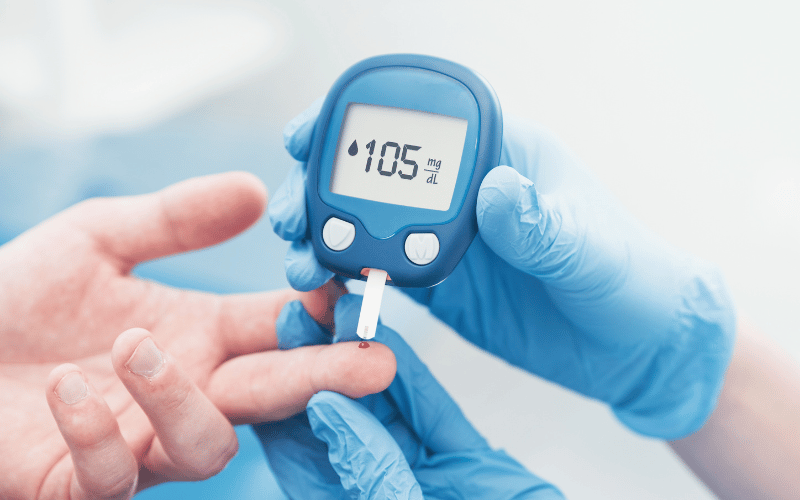6. HbA1c and Its Relationship with Average Blood Glucose Levels

HbA1c levels are directly correlated with average blood glucose levels, providing a comprehensive view of glucose control over time. For every 1% increase in HbA1c, the average blood glucose level rises by about 30 mg/dl. This correlation helps in setting and adjusting individual blood glucose targets, essential in diabetes management.
When interpreting HbA1c levels, it’s crucial to understand this relationship. An HbA1c level of 7% corresponds to an average blood glucose level of approximately 154 mg/dl. However, it’s important to note that these are average values. Daily fluctuations are normal and expected, and the HbA1c level reflects the cumulative average of these variations.
This correlation serves as a valuable tool for both individuals and healthcare providers. It provides a clear and objective measure of blood sugar control, helping to guide treatment decisions. By striving to maintain HbA1c levels within the target range, individuals can significantly reduce their risk of diabetes-related complications.
In practical terms, understanding this relationship demystifies blood glucose levels. It provides a tangible target to aim for, making diabetes management more approachable and achievable. It encourages active participation in one’s healthcare journey, leading to improved outcomes and a better quality of life. (6)